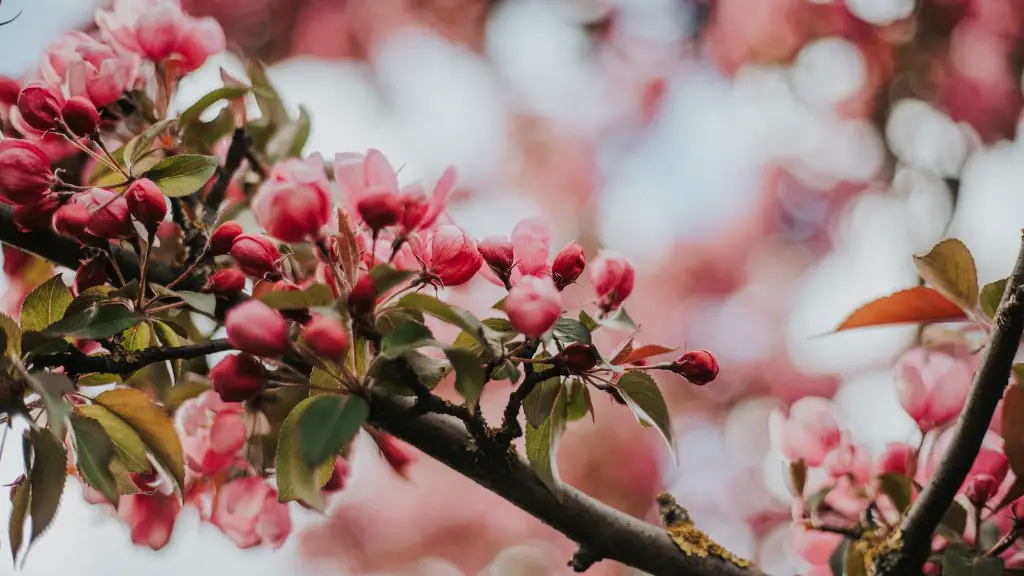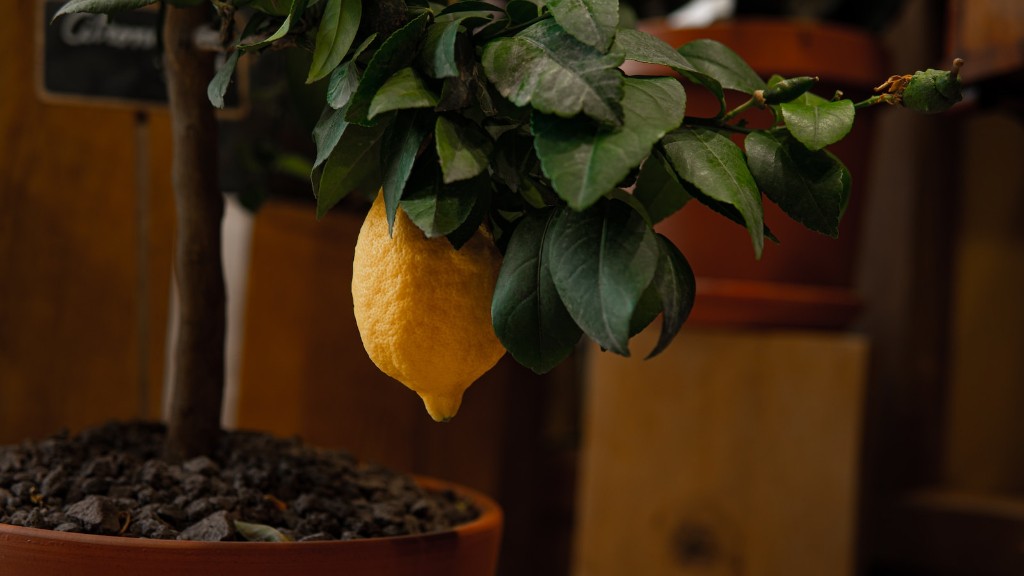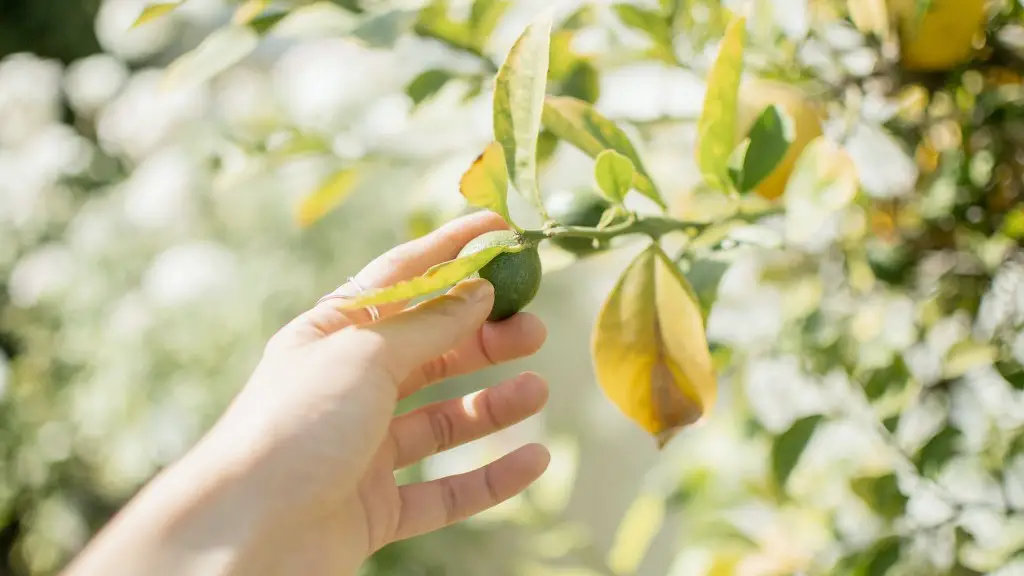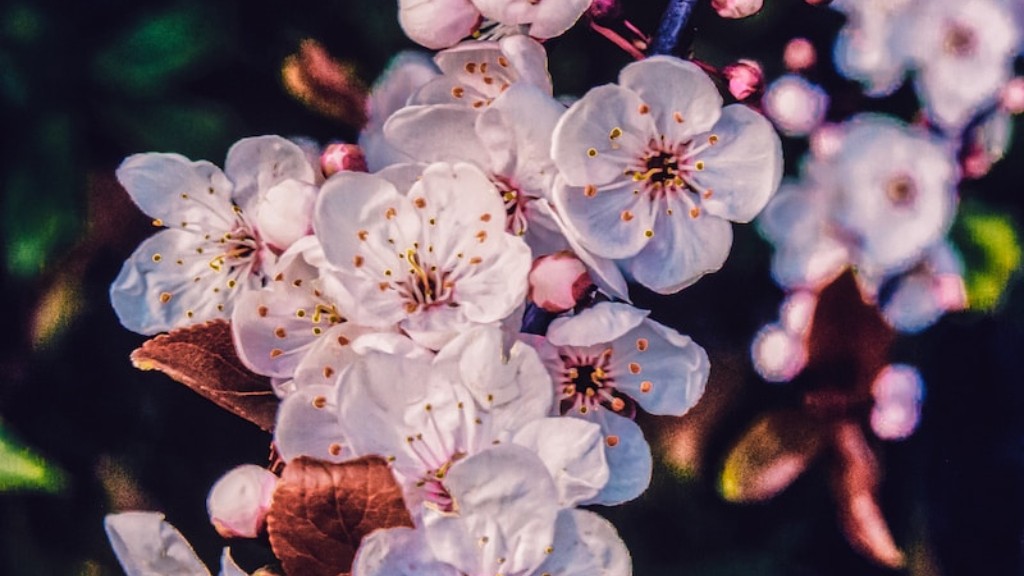Overview of Cherry Pits & Trees
When it comes to trees, one of the most popular species is the cherry tree. Cherries and the trees they come from are known for both their delicious taste and attractive blooms. But what many people don’t realize is that cherry pits (stones) can be planted to grow trees.
Cherry pits are quite durable and are capable of surviving in cold temperatures and even in the ground for an extended period of time. This makes them ideal for use as seeds for growing new cherry trees.
Cherry pits, also known as stones, contain two seeds. The two seeds can be separated and planted in soil, either indoors or outdoors. If planted outside in a sunny spot, they should germinate within one to two weeks.
Cherry trees grown from seeds will usually take longer to bear fruit than those grown from cuttings and grafted varieties. This is because the seedlings, while they may eventually bear fruit, will take several years to develop the characteristics of their parents.
However, growing a cherry tree from a seed is a great way to get a unique tree with characteristics that differ from the parent, which can be an enjoyable experiment for any gardener.
Required Conditions for Growing Cherry Trees from Pits
When using cherry pits to grow trees, it is important to pay attention to the type of soil and other environmental factors. The pit should be planted in well-draining, fertile soil that has been enriched with organic materials like compost to ensure good growth.
The seed should also be planted at the appropriate depth and kept moist until it germinates. If the soil is too dry, the seed may not even germinate, or it may die if the soil is overly wet.
In addition, planting the seed in an area that gets at least 6 hours of direct sunlight each day is critical for successful growth. The cherry tree seedling will need plenty of light to grow, and if the area is too shady, the seedling will not thrive.
Finally, if the cherry seedling is planted in an area that is too cold, the tree may not survive the winter. Additionally, if the temperature is too high, the tree may experience dehydration, which will also stunt its growth.
Risks Involved in Planting Cherry Pits
Although planting a cherry pit is a relatively simple process, there are some potential risks associated with it. First, the seed may not germinate at all even if it is planted in perfect conditions.
Second, even if the seedling survives its first few weeks, it may still die due to environmental factors. Pests, diseases, and unfavorable climatic conditions could all potentially harm or even kill the young tree.
Third, the tree may fail to produce fruit even if it does survive its initial growth period. It may simply bear leaves and lack the necessary characteristics to produce fruit.
Even if the tree does produce fruit, the fruit may not be of the desired quality due to the genetic variability of such trees. Because the seedling will likely be different from its parent, it may produce fruit that is not as flavorful or attractive as the fruit from the original tree.
Potential Benefits of Growing Cherry Trees from Pits
Despite the risks involved, there are potential benefits to planting cherry pits. First, it is an affordable way to grow a cherry tree.
Second, the seedlings produced from pits are usually quite resilient, which means they are less likely to suffer from environmental stress.
Third, growing a cherry tree from a pit is a great way to get a unique tree. Such trees may produce fruit with characteristics that differ from the parent tree, making them ideal for gardeners who enjoy experimenting.
Finally, for those who are interested in sustainable gardening, growing cherry trees from pits is an environmentally friendly way to propagate new trees.
Do Cherry Pits Require Special Care?
Cherry pits require special care, such as regular watering, to ensure successful growth. The seed should be watered throughout the process until it is about six inches tall, and then watered whenever the soil appears dry.
Also, once the seedling is a few feet tall, a support system may be required to ensure it is strong enough to bear fruit. Depending on the variety of cherry tree, a stake or trellis may be required to provide adequate support.
In addition, the tree should be pruned regularly, and any diseased or dead branches should be removed promptly. Finally, fertilizing the soil regularly can also help ensure good growth.
Reasons to Avoid Planting Cherry Pits
Although planting cherry pits is a sound practice, it is not always the best choice. If you want to get fruit sooner, then it is best to buy a mature tree or start with a cutting or grafted tree, as this will speed up the process.
Also, if you want a guaranteed result, then it is better to go with a known variety of cherry tree instead of planting a pit. This is because the seedling may not produce the desired fruit, as there is no way to guarantee what traits it will inherit from its parent.
Finally, if you have limited space, then it is better to stick with smaller varieties, as cherry trees grown from pits will require a significant amount of space to grow and thrive.
How Soon Can Cherry Trees From Pits Produce Fruit?
Cherry trees grown from pits can take anywhere from three to seven years to produce fruit, depending on the variety and the conditions in which it is grown. A well-cared-for tree may begin producing fruit in as little as three years, while a tree grown in less than ideal conditions may take longer.
In addition, if the tree is grown from seeds that have been stored incorrectly or are too old, then it may take even longer to produce fruit. To avoid this, it is best to buy fresh seeds and to plant them as soon as possible.
Finally, if the tree is started from a cutting or grafted variety, then it may produce fruit within a year or two depending on its type.
Do Cherry Trees From Pits Require Special Care?
Cherry trees from pits will require the same care as any other cherry tree. They should be planted in well-draining soil that is enriched with organic materials, and given plenty of sunlight and water throughout the growing season.
In addition, pests and diseases should be controlled, and the tree should be pruned regularly. Finally, fertilizing the soil and providing a support structure can also help promote good growth.




